PART 3
Serbia’s Novak Djokovic and the USA’s Sofia Kenin continued the near 20-year dominance of the baseliner’s style of play by capturing the Australian Open’s men’s and women’s single titles in Melbourne over the weekend. Djokovic, 32, already an all-time great, won his 17th major title, outlasting Austria’s Dominic Thiem 6-4, 4-6, 2-6, 6-3, 6-4 in Sunday’s final. The victory earned Djokovic a record eight Australian Open singles titles. Rising star Kenin, 21, claimed her first major title, rallying to beat Spain’s Garbine Muguruza, 4-6, 6-2, 6-2.
At times, both men punched volley winners at the net, but mainly engaged in lengthy groundstroke battles from the baseline. The women clashed mostly from their respective baselines. Australia’s Nick Kyrgios displayed solid serve-and-volley potential during his fourth-round loss to No. 2 seed Rafael Nadal. However, the magical matchups or clashes of style, akin to McEnroe vs. Borg, Evert vs. Navratilova, Agassi vs. Sampras are now distant memories.
Heavier balls, slower courts and advances in racket and string technologies are just a few of the things that have pushed the serve-and-volley pro into near extinction. Tim Buwick, lecturer/emcee, and a former director of U.S. Promotions for racquets at Wilson, says the use of polyester strings is the main culprit in the near disappearance of the serve-and-volley game. “In the 1960s, nylon or catgut strings were the only choices; now more than 100 kinds of strings are available,” he said, “Most of today’s pros use polyester because you generate more speed and spin. Polyester has more snapback. Nowadays, the players hit the serve so hard, the return comes back quicker, and the server doesn’t have time to get to the net.”
As mentioned in Part 1 of the series, the absence of gifted athletes on the pro tours and the shortage of qualified coaches to teach serve-and-volley fundamentals, tactics and strategies are other factors. A serve-and-volley pro develops the necessary skills while becoming an all-court player, i.e., someone who can hit power, touch or change of pace shots from anywhere on the court.
Recognizing Venus and Serena Williams’ athletic gifts, Billie Jean King encouraged them to learn serve-and-volley. King said that they weren’t interested in changing their style of play. Both Williams sisters have been ranked No. 1 during their illustrious careers and Serena frequently has been dubbed a GOAT (Greatest of All Time) contender. Had the sisters taken King’s advice, among other things, they would have learned not to approach the net behind a heavy topspin aimed for either corner. Their approach shot should be a slice, deep to the center of the court. Had the sisters taken King’s advice, they might have won 24 major titles or more by now and might be looking toward retirement competing against each other for the GOAT title. If King offered fifteen-year-old rising star Coco Gauff similar advice, would she at least give it a try?
John McEnroe encouraged John Isner, who is 6-10 with a big first serve, to try serve-and-volley. Seven years ago, McEnroe told the LA Times, I’m not suggesting (that John) do it on every point. But try it sometimes. What about like one or two points? When you serve that big, it’s just amazing to see someone not come in after it.”
Isner, Sam Querry (6-6), Gael Monfils (6-4) and Reilly Opelka (6-10) are among other top 100 pros with wingspans wide enough to do damage as a serve-and-volley player.
During his career and retirement years, Ashe helped talented African American juniors pursue pro careers, and was disappointed when he couldn’t convince officers of the United States Tennis Association (USTA) to support his efforts. In 1991, Ashe told USA Today that USTA officers had “a latent fear that we’d dominate and produce tennis players like we have basketball players. I absolutely think that. I’m not saying it’s true, but it comes as a result of a feeling of a lack of acceptance, you’re viewed as an outsider, like we’ll tolerate just a few of you. They are afraid that we’ll get a toehold and we’ll take it (the sport) over. The orientation of officers of the USTA is definitely toward private clubs.” Then USTA president Bob Cookson said Ashe was wrong about the USTA being inhospitable to blacks {and that they feared) a takeover “absurd.” Cookson added, “I have never heard that from anyone in the USTA.”
Ashe developed his serve-and-volley chops at UCLA under the tutelage of coach J.D. Morgan. Ashe won three major titles, the inaugural U.S. Open (1968), Australian Open (1970), and a stunning upset victory against World No. 1 Jimmy Connors, the best baseline banger of that era in the 1975 Wimbledon final. Against Connors, Ashe abandoned his power game and hit an assortment of angles and dink shots, that kept Connors off the baseline, out of his comfort zone.
Perhaps Sampras might have provided the best advice for those contemplating the more aggressive serve-and-volley style. He told Tennis.com that if he were among today’s crop of pros, he’d still serve big and look to chip-and-charge at every opportunity if he were still playing. “Serve-and-volley on both serves, that’s the only way I know how to play,’ said Sampras, whose second serve was often equal to or faster than his first serve. “People say it’s harder to do (because of) the technology, but I think technology would have helped me out. If I used (the) rackets that (Nadal) is using, it’s easier to serve, easier to volley. I think serve-and-volley tennis would have been just fine today; you just need to know how to do it. You need good touch and an intuition as to where the ball is going to go.”
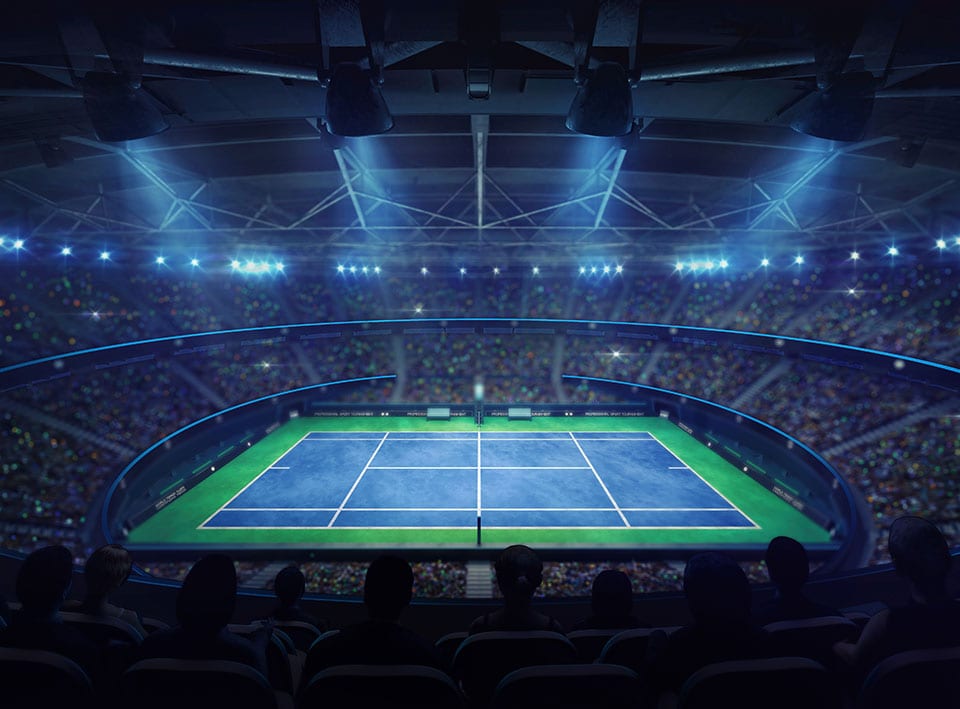
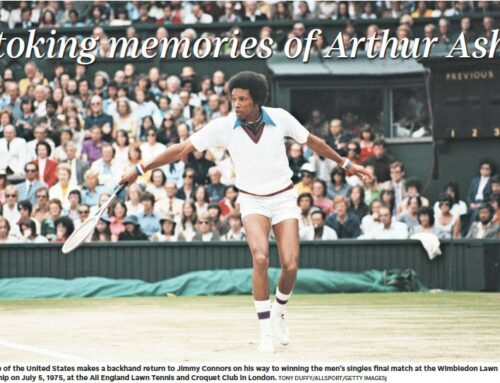
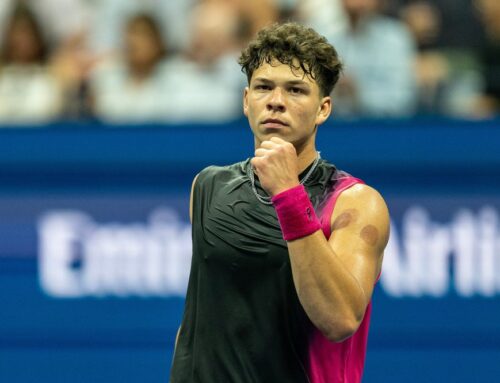
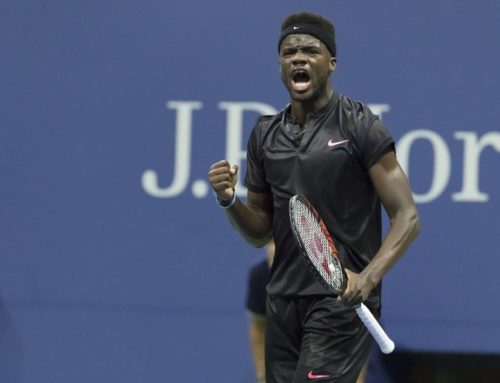
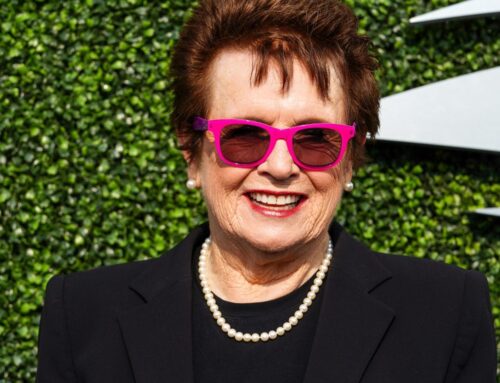
Leave A Comment